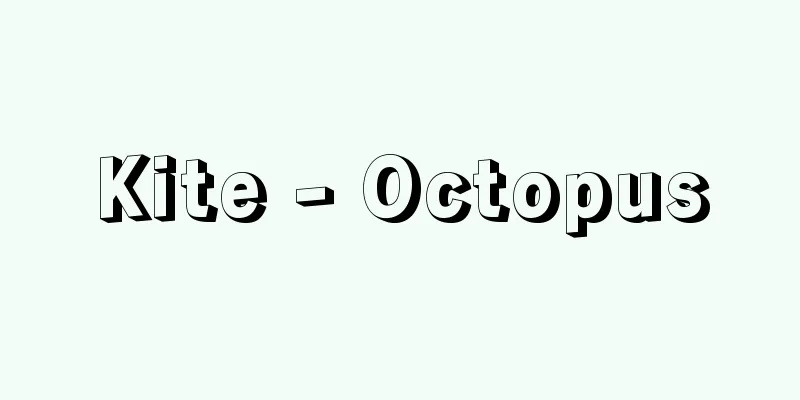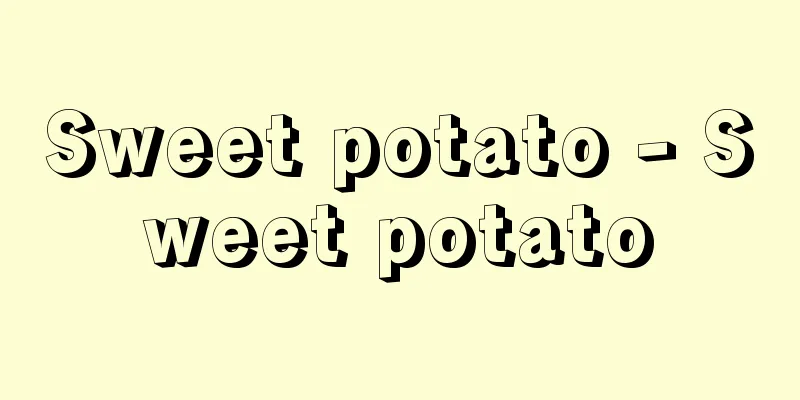Shoeing

|
Shoeing refers to putting horseshoes on horses to protect their hooves and prevent them from wearing away due to contact with hard road surfaces. Shoeing includes creating the horseshoes and trimming the hooves to correct their shape. Shoeing requires accurate basic knowledge of the structure and gait of horses' extremities, as well as advanced techniques to properly trim, prepare, and shoe the hooves after understanding the individual differences (habits) of the hooves. For this reason, it is usually done by farriers who have acquired these techniques and knowledge. The distal phalanx (hoof bone) at the tip of a horse's third toe is completely covered by the stratum corneum of the hoof. The tip of this stratum corneum is 10 mm thick and becomes thinner from the hoof side to the heel, but because the stratum corneum is an insensitive layer just like a human nail, the horseshoe can be nailed to this part. The length of the hoof wall grows about 10 mm per month, so if the horseshoes are not removed every 25 to 30 days, the hoof wall and sole are filed off, the distorted shape of the hoof is corrected, and the horseshoes are reshod, the hoof may become deformed and the horse's gait may become unstable. Horseshoes are horseshoe-shaped and made of steel (wrought iron), aluminum, or duralumin, the latter two of which are for racehorses, and duralumin is now the most widely used material. After trimming the hoof, a horseshoe that has been heated to a point where it burns is placed against the bottom of the hoof to check that the bottom is flat (baking). The horseshoes are then temporarily fitted to check the fit and the shape and length are decided, after which the hoof is completed and the horseshoes are permanently attached with nails. [Nishida Tomoko] Source: Shogakukan Encyclopedia Nipponica About Encyclopedia Nipponica Information | Legend |
|
ウマのひづめを保護し、堅い路面との接触によってひづめが磨滅するのを防ぐために、蹄鉄を装着することをいう。装蹄法には蹄鉄そのものをつくる造蹄と、ひづめを削って形を修正する削蹄が含まれる。装蹄には、ウマの肢端の構造と歩様に対する正確な基礎知識をもち、しかもひづめの個体差(くせ)を理解したうえで適切な削蹄、造蹄、装蹄をするという高度な技術をもつことが必要である。このため、通常これらの技術と知識を修得した装蹄師によって行われる。ウマの第3指(趾(し))のつまさきにある末節骨(蹄骨)は、ひづめの角質層ですっぽりと包まれている。この角質層のつまさきの部分は、厚さが10ミリメートルもあり、蹄側からかかとに向かって薄くなっているが、角質層は人間の爪(つめ)と同じように無知覚層であるから、蹄鉄をこの部分へ釘(くぎ)で留めることができる。蹄壁の長さは1か月に約10ミリメートル成長するので、25~30日に一度は蹄鉄を外し、蹄壁と蹄底を削り取り、ゆがんだひづめの形を修正し、改めて装蹄をしないと、ひづめが変形し、歩き方まで崩れることがある。蹄鉄はいわゆる馬蹄形をした鋼(錬鉄)、アルミニウム、ジュラルミン製のもので、後二者が競走馬用で、現在はほとんどジュラルミン製のものが使用されている。削蹄後、ひづめが焦げる程度に熱した蹄鉄を蹄底面に一度当て、底面が平坦(へいたん)になっているかを確かめる(焼付け)。ついで蹄鉄を仮装着し、適合度を調べ、形と長さを決めたのち、造蹄を完了し、釘で本装着する。 [西田恂子] 出典 小学館 日本大百科全書(ニッポニカ)日本大百科全書(ニッポニカ)について 情報 | 凡例 |
<<: Total Capacity Law - Souteiinho
Recommend
Criollos
...Until the end of the 18th century, Cuba remain...
Ixia; African corn lily
A general term for the Ixia genus of the Iridaceae...
Amagasaki Steel Corporation - Amagasaki Steel Corporation
...The major mergers that attracted the most atte...
Misao Fujimura
Year of death: May 22, 1903 (Meiji 36) Year of bir...
Phraya Chakri (English spelling)
…Founder of the current Thai dynasty, the Rattana...
Honey bear
...Life expectancy is over 23 years in captivity....
Gilbert de la Porrée
…His French name was Gilbert de la Porrée. He was...
Threadfin bream
[ Nemipterus virgatus ]. Also known as threadfin b...
Miyama [town] - Miyama
A former town in Asuwa District, central Fukui Pre...
Talev, D.
… [Literature after World War II] On September 9,...
Octopussy
…The British spy 007 appears as the protagonist i...
The one who is slain - the one who is sung
...Japanese film actor. He has devoted his film c...
Leder Karpfen (English spelling)
…These species were developed and improved long a...
Hooligan - hooligan
This refers to mobs that appear at soccer stadium...
Avercamp, Hendrik
[Birth] 1585 [Died] 1634 Dutch landscape painter. ...









